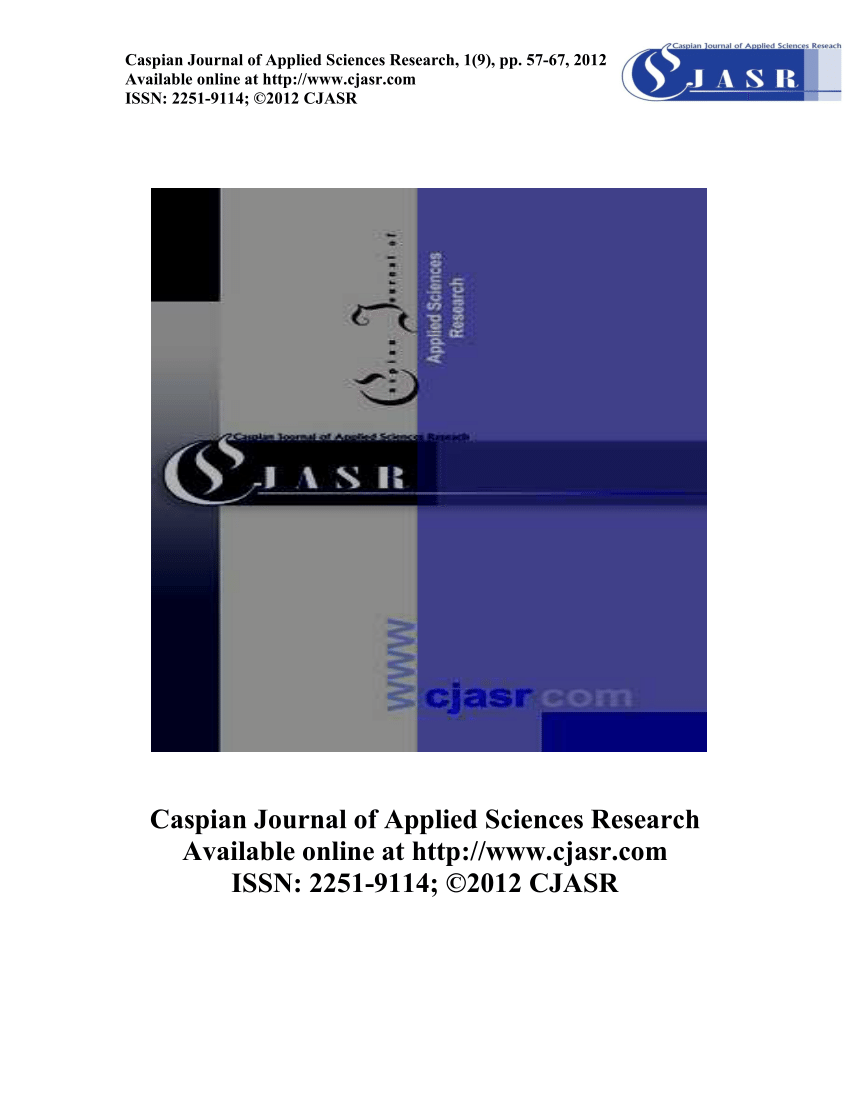The significance of micro-morphologica1 leaf surface characters of plants in indication and mitigation of auto-exhaust pollution has been investigated. For the purpose of the study, the following plant species growing along roadsides in high traffic density and industrial areas have been selected: Ligustrum japonicum and Olea europea. These plants were continuously exposed to automobile emissions. As compared to control plants, the leaf surface structures changed significantly in the exposed plants. The epidermal cells collapsed, cell boundaries were irregularly fused. Trichomes also lost its original shape; stomata closed completely with pollutants particles and consequently expected to affect the physiological operations inside the plant cell. The leaves investigated seem for use as an effective ecological bioindicators of environmental quality in Baku city, Azerbaijan. While the surface structural changes were significant, the phenology of these plants remained unaffected by auto exhaust pollution. The investigated species though manifesting above changes remained normal and healthy and, therefore, they may be recommended for growing along roadsides in polluted areas


